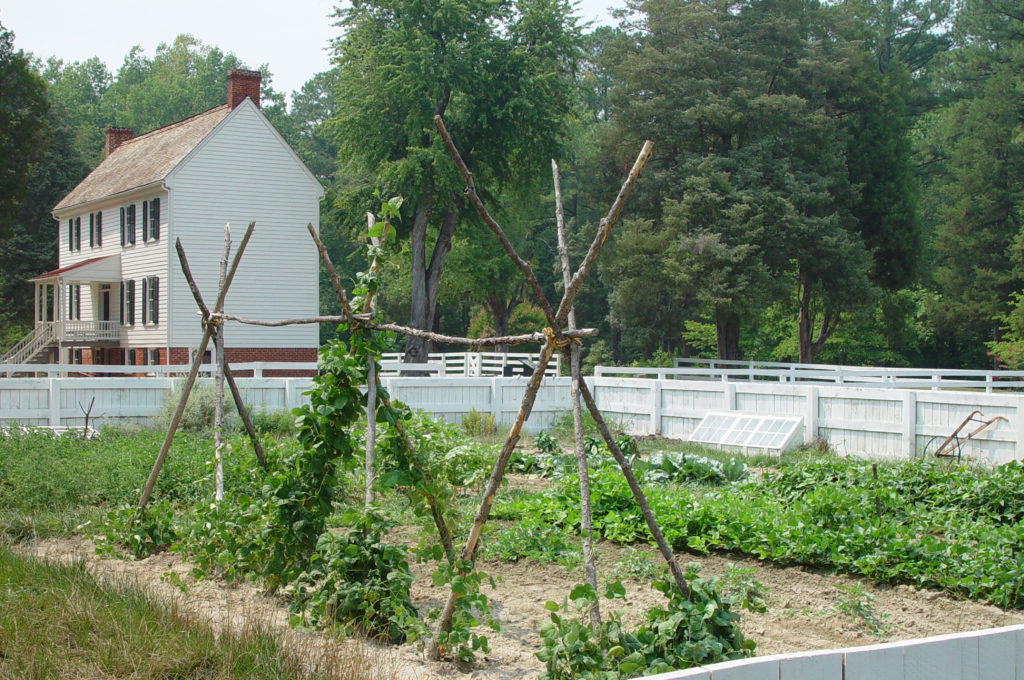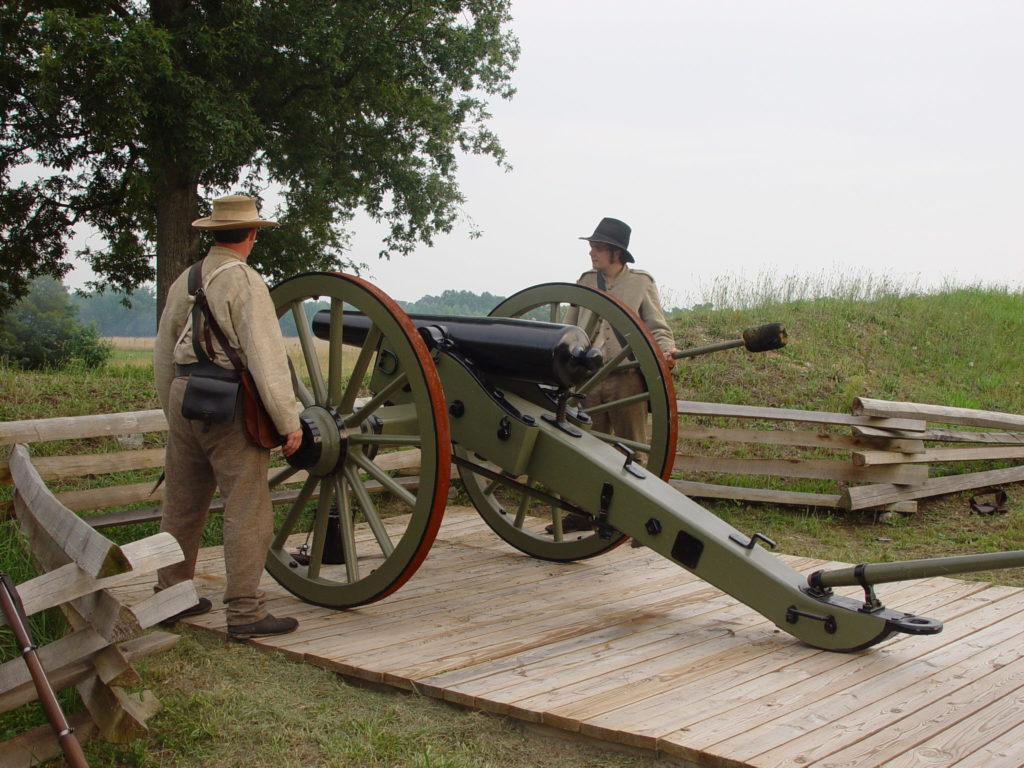
This lesser known private park, celebrating its twentieth anniversary in 2019, occupies the spot where the battle that ended the nine-month-long Petersburg Campaign took place on April 2, 1865, resulting in the Confederate’s evacuation of their capital at Richmond. Here you’ll find four antebellum homes, four museums, daily living-history demonstrations, hiking trails winding past important sites, and more. Hand-held audio players bring the stories to life. It’s all a little overwhelming, but if you start with these sites you’ll gain a good understanding of the Petersburg Breakthrough and the Fall of Petersburg.
As you tour, remember that there are important BGES ties here as well. Several years ago BGES, in partnership with Pamplin Historical Park, purchased a functioning piece of artillery that is used for demonstrations for the public and at the park’s popular Civil War Adventure Camp. The wooden gun carriage has aged over the years and needs replacement. BGES has agreed to raise up to $5,500 for the $14,500 aluminum carriage upgrade. This will give the piece an unlimited outdoor life and is a big upgrade. BGES members will have the opportunity to contribute to the project in the spring of 2020.
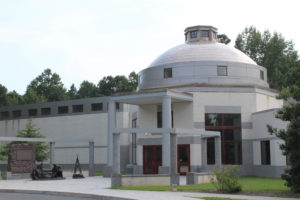
National Museum of the Civil War Soldier
This state-of-the-art, 25,000-square-foot, award-winning museum and visitor center provides without bias an excellent overview of the hardships and challenges endured by ordinary foot soldiers on both sides of the battle.Start off in the Trial by Fire theater, where a Civil War battle springs to life before your eyes, complete with whizzing Minie balls and shouting officers. From there, seven galleries filled with 1,000-plus original artifacts, videos, interactive computers, and life-sized dioramas delve into the life and times of the three million soldiers who served in the war. Many say no museum tells the story of the Civil War soldier better.
Tudor Hall Plantation
The Boisseau family, ancestors of the Pamplins (who established this park), lived in this simple home—aka the “Big House”—built circa 1812. It’s been decorated to convey two stories: The west side appears as the Boisseaus would have known it before the war, including typical wallpaper, floor coverings, and color schemes of the times; and the east side depicts its later iteration as a Confederate military headquarters. The surrounding working tobacco plantation gives insight into farm life, including a 19th-century kitchen garden with heirloom herbs and vegetables, reconstructed tobacco barns, and real-life animals. Costumed interpreters demonstrate farm activities.
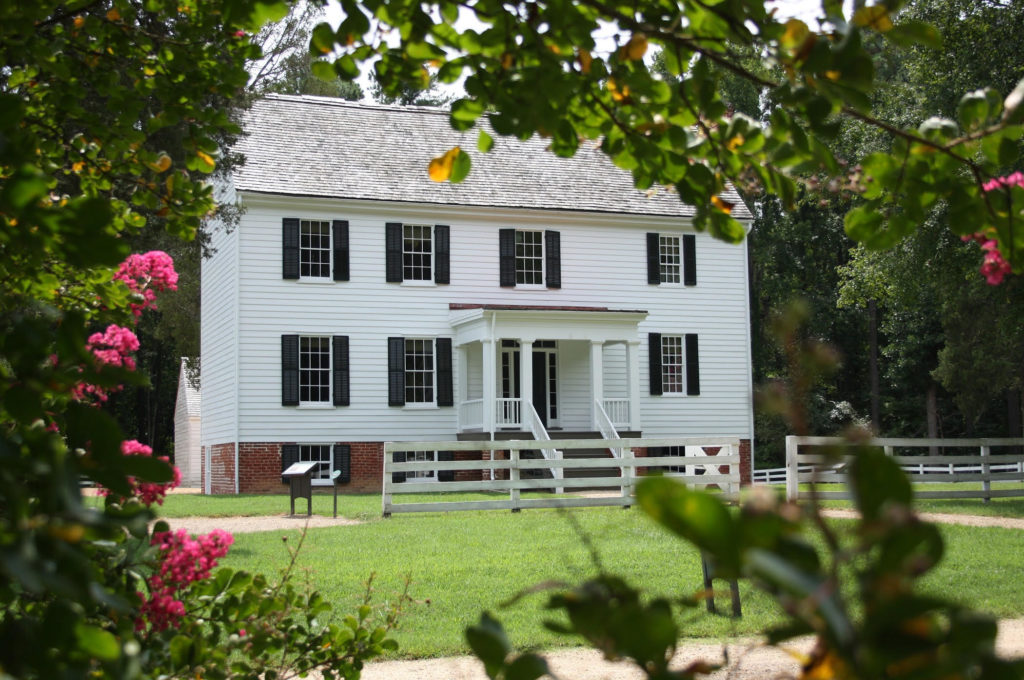
Field Quarter
Enslaved African Americans who provided agricultural labor for the plantation resided in field quarters such as this one. One cabin shows typical accommodations, while another has a multimedia exhibition about the institution of slavery in the United States.
Military Encampment and Fortifications Exhibit
In fall 1864, Gen. Robert E. Lee extended his line southwest of Petersburg in the hopes of protecting his lines of communication. Union troops overran this imposing line on April 2, 1865, effectively forcing Lee to abandon his position at Petersburg and Richmond. Today, costumed interpreters here depict the life of Civil War soldiers, demonstrating cooking, rifle firing, and a show-and-tell of winter huts used by both sides.
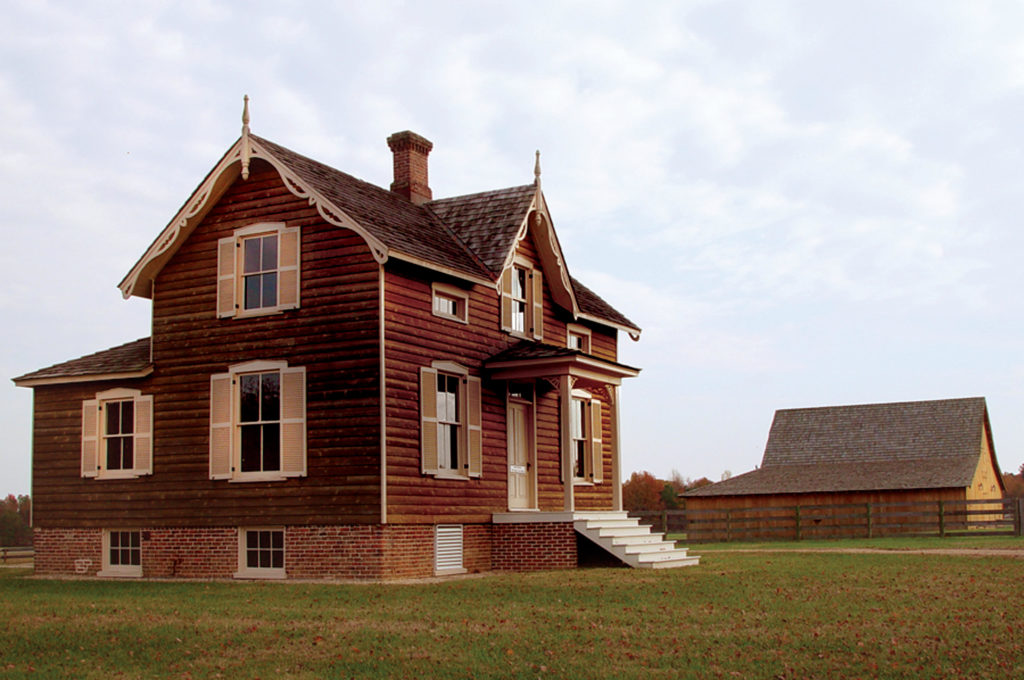
Hart Farm
Fighting took place on this property on two occasions during the Petersburg Campaign: On October 2, 1864, during the third day of the Battle of Pebbles’ Farm; and on April 2, 1865, when Union forces overran the Confederate trenches that ran across the farm. The original farmhouse remains on the property, and though the interior is not open to the public, interpretive markers on the property discuss the farm’s role during the two Civil War battles. The interior is not open to the public. This is also where the Civil War Adventure Camp takes place, a fun camp for kids.
Banks House
Lt. Gen. U.S. Grant used this white-plank Federal-style house as his command post after the Breakthrough on April 2, 1865. From here he wrote dispatches amid exploding missiles falling nearby. “Well, they do seem to have a range on us,” he nonchalantly told an aide. While it’s been restored to its 1865 appearance, the house remains a private residence for park employees. You can explore the house’s exterior, where exhibits discuss its history.
Battlefield Center
This excellent museum takes a hard look at the April 2, 1865, attack that took place on the plantation property, successfully ending the Petersburg Campaign. You’ll find fascinating interactive exhibits, including a 3-D photographic show, a battle map, and fun computer programs including a Civil War quiz. Outside, the Breakthrough Trail takes you step-by-step through the battlefield, past Confederate earthworks, rifle pits, and military dams.
